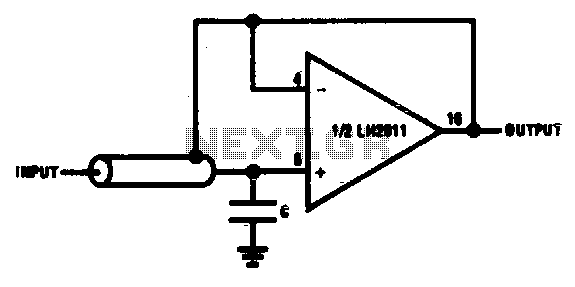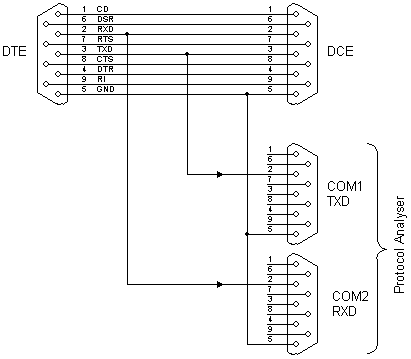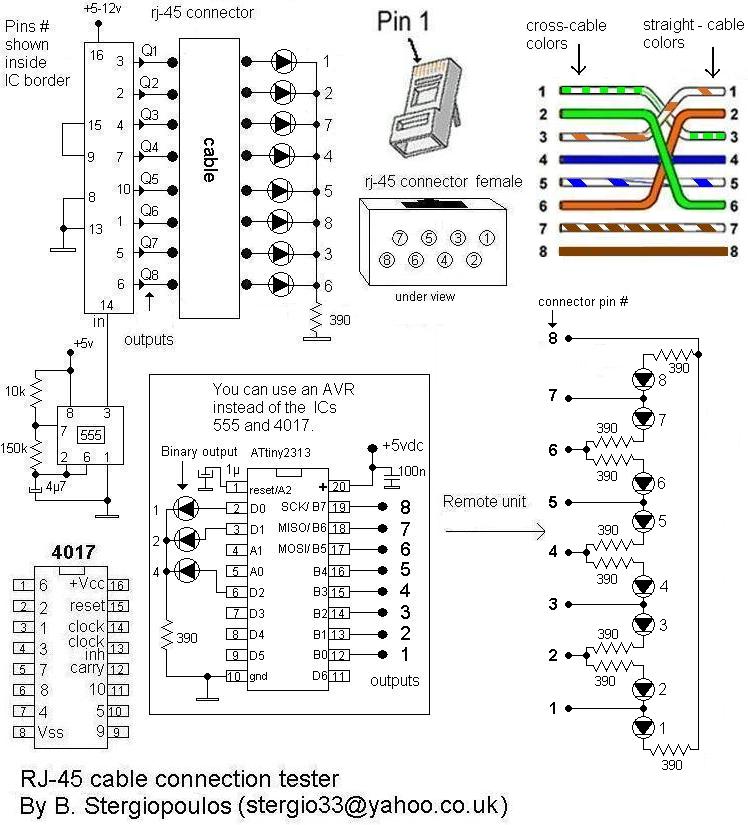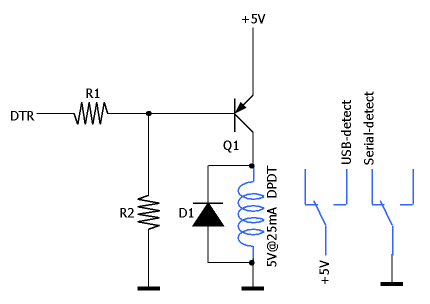
Cable bootstrapping

A bootstrapping input shield for a follower reduces cable capacitance, leakage, and spurious voltages resulting from cable flexing. Instability can be mitigated by using a small capacitor on the input.
The bootstrapping input shield is a critical component in electronic circuits designed to improve signal integrity and reduce unwanted noise. This shield acts as a buffer, isolating the input signal from the effects of cable capacitance and leakage currents that can distort the signal during transmission. By minimizing these effects, the shield ensures that the follower circuit operates with greater accuracy and stability.
The design of the input shield typically incorporates a small capacitor placed strategically at the input stage. This capacitor serves to filter out high-frequency noise and stabilize the voltage levels, thereby preventing fluctuations that could lead to instability in the follower circuit. The value of the capacitor is chosen based on the specific application and the characteristics of the signal being processed.
In practical applications, the bootstrapping input shield is particularly beneficial in environments where cable movement is common, as it effectively reduces the spurious voltages generated by flexing cables. This is essential in maintaining the performance of sensitive electronic devices, such as audio equipment or precision measurement instruments, where signal fidelity is paramount.
Overall, the implementation of a bootstrapping input shield not only enhances the performance of follower circuits but also extends the longevity and reliability of electronic systems by mitigating the adverse effects of cable-related issues.Bootstrapping input shield for a follower reduces cable capacitance, leakage, and spurious voltages from cable flexing Instability can be avoided with small capacitor on input.
The bootstrapping input shield is a critical component in electronic circuits designed to improve signal integrity and reduce unwanted noise. This shield acts as a buffer, isolating the input signal from the effects of cable capacitance and leakage currents that can distort the signal during transmission. By minimizing these effects, the shield ensures that the follower circuit operates with greater accuracy and stability.
The design of the input shield typically incorporates a small capacitor placed strategically at the input stage. This capacitor serves to filter out high-frequency noise and stabilize the voltage levels, thereby preventing fluctuations that could lead to instability in the follower circuit. The value of the capacitor is chosen based on the specific application and the characteristics of the signal being processed.
In practical applications, the bootstrapping input shield is particularly beneficial in environments where cable movement is common, as it effectively reduces the spurious voltages generated by flexing cables. This is essential in maintaining the performance of sensitive electronic devices, such as audio equipment or precision measurement instruments, where signal fidelity is paramount.
Overall, the implementation of a bootstrapping input shield not only enhances the performance of follower circuits but also extends the longevity and reliability of electronic systems by mitigating the adverse effects of cable-related issues.Bootstrapping input shield for a follower reduces cable capacitance, leakage, and spurious voltages from cable flexing Instability can be avoided with small capacitor on input.





